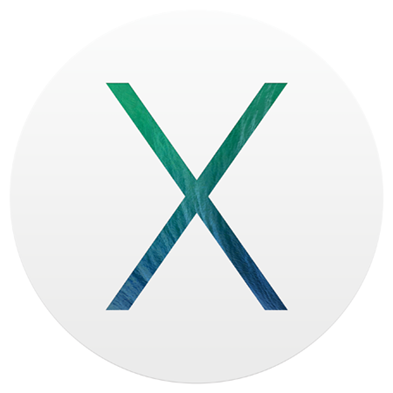 Aside from a number of aesthetic and functional changes Apple included as part of OS X Mavericks, the company also turned heads by releasing the latest OS as a free upgrade for Mac desktop and laptop users. Now five months after Mavericks’ public release, recent usage data suggests that this strategy has helped substantially improve adoption rates as compared to previous Mac OS X versions.
Aside from a number of aesthetic and functional changes Apple included as part of OS X Mavericks, the company also turned heads by releasing the latest OS as a free upgrade for Mac desktop and laptop users. Now five months after Mavericks’ public release, recent usage data suggests that this strategy has helped substantially improve adoption rates as compared to previous Mac OS X versions.
Aside from a number of aesthetic and functional changes Apple included as part of OS X Mavericks, the company also turned heads by releasing the latest OS as a free upgrade for Mac desktop and laptop users. Now five months after Mavericks’ public release, recent usage data suggests that this strategy has helped substantially improve adoption rates as compared to previous Mac OS X versions.
To quantify initial OS X Mavericks adoption, Chitika Insights sampled tens of millions of U.S. and Canadian Mac OS X-based online ad impressions running through the Chitika Ad Network. The data used within the analysis were drawn from impressions catalogued between March 17 through March 23, 2014.

Almost exactly five months following Mavericks’ release, the operating system’s users are generating 40% of U.S and Canadian Mac OS X-based Web traffic, a figure that dramatically outpaces Mavericks’ predecessor, OS X Mountain Lion. At 40%, the share of OS X Web traffic generated by Mavericks users is approximately six percentage points higher than what OS X Mountain Lion achieved nearly 14 months following its public debut, and 13 percentage points higher what was recorded at the seven-month mark.
Keep in mind that despite the sizable improvement to reach the 40% mark, new OS adoption on Mac desktops still stands in stark contrast to iOS version distribution, where iOS 7 users generate more than 80% of North American Web traffic from the platform.
That disparity is likely at least partially a function of the nature of the desktop marketplace, where computers are typically kept for a longer period of time as compared to mobile devices,, and hence may not necessarily be upgrade eligible. Additionally, a larger and much wider range of users in terms of economics, age and other factors regularly browse using desktops and laptops as opposed to smartphones and tablets, which have user bases skewed more tech-savvy as a whole. Finally, unlike on iOS, where users receive a direct prompt to upgrade to the latest OS version, Mac desktop and laptop users were not actively solicited to update to Mavericks. This may change, as the latest OS includes a number of auto-update features, making active prompts to upgrade to OS X 10.10 a likely future scenario. This should improve the adoption rate for that upcoming release, which industry watchers assume will also be a free update for users. Until that time, these data make it clear that developers can count on Mavericks users representing the most active group in the Mac OS ecosystem.
